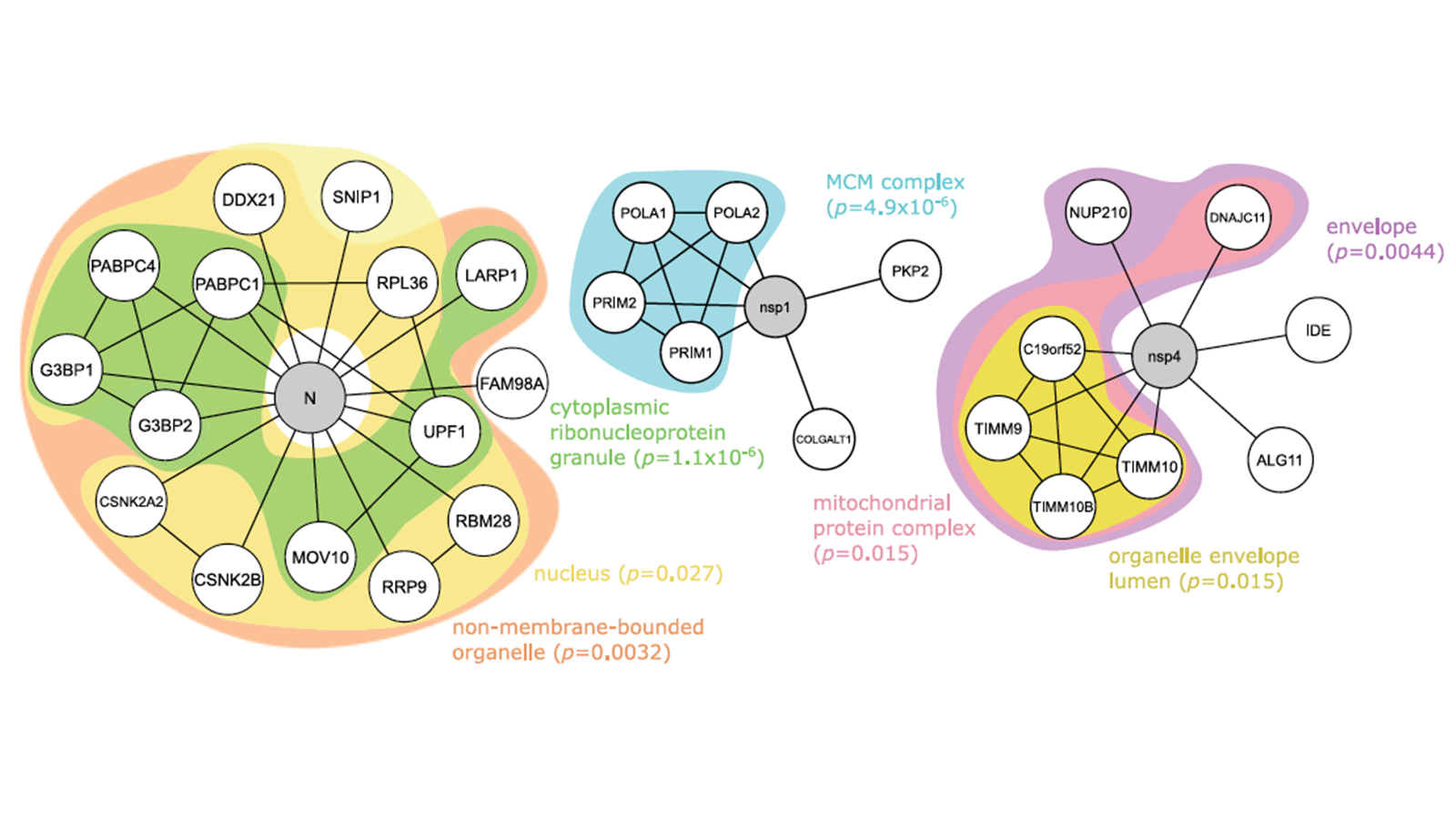Novels insights into a complex enzymatic complex
November 16th, 2021, by Irina Alecu


Sphingolipids are a very diverse class of lipids that play many important functions in the life of a cell. However, their accumulation can be detrimental and can lead to the development of neurologic and metabolic disorders. The first step in the synthesis of sphingolipids is the condensation of the amino acid serine and the fatty acyl-CoA palmitoyl-CoA, which is catalyzed by the enzyme complex serine palmitoyltransferase (SPT). The presence of two subunits, SPTLC1 and SPTLC2, is necessary for the enzymatic activity of the complex. Until now it was believed that the entire SPT complex resides solely in the endoplasmic reticulum (ER), and therefore that all sphingolipids are originally synthesized here and then transported to other locations in the cell like the plasma membrane, Golgi, and mitochondria. Here we show that the SPTLC2 subunit can also localize to mitochondria, the energetic power house of the cell, forming a complex with SPTLC1 subunits that are anchored to the ER. This finding has important implications, as not only the accumulation of sphingolipids, but also the location in the cell where they accumulate, can influence the overall effect this will have on cells, and how cells will respond. Ceramides, important sphingolipid intermediates, have been shown to play a role in obesity and insulin resistance in mice when accumulating in mitochondria. However, until now it has remained unknown how ceramide precursors could actually reach the mitochondria. The presence of SPTLC2 at the mitochondrial membrane can explain the accumulation of ceramides within mitochondria, leading to the pathogenesis of a number of disorders. Furthermore, the existence of this enzyme subunit in two specific compartments of the cell suggests highly distinct functions of the lipids products in the different compartments.